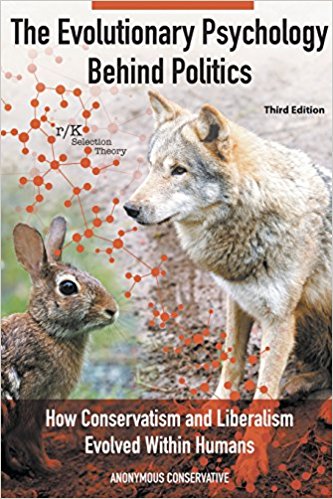Zika persists for months in semen:
The British man was infected with the virus while traveling to French Polynesia in 2014. Follow-up testing of the man found traces of viral genetic material in his semen 27 days and 62 days after he first reported symptoms of the infection, which included fever, lethargy, and a rash. The findings appeared Friday in Emerging Infectious Diseases.
This would almost assure that it will become an STD common to the gay and promiscuous populations. It could be a significant selective pressure in a world otherwise without mortality.
What I would like to know is how it will adapt to overcome immunity while it is cooking away for months in each of its hosts. This could grow much stronger over time.
Its movement is something not normally expected:
Zika, which was discovered incidentally in Uganda in 1947 in the course of mosquito and primate surveillance, had until now remained an obscure virus confined to a narrow equatorial belt running across Africa and into Asia. The virus circulated predominantly in wild primates and arboreal mosquitoes such as Aedes africanus and rarely caused recognized “spillover” infections in humans, even in highly enzootic areas. Its current explosive pandemic reemergence is therefore truly remarkable.
Something about it is changing. Has it completed its metamorphosis, or has it just begun, now that it can hang on in humans much longer?
Its association with Chikungunya makes you wonder if there is a wild reservoir species that harbors the virus, but in which Zika can only replicate in that species if it has simultaneous access to a gene or genes from a co-infection with Chikungunya. It also makes you wonder how many other RNA viruses with interesting genes may be co-incubating in that reservoir, waiting to maybe mix and match genes in their own genomes and produce something novel. Smallpox is believed to have begun as lowly Mousepox somewhere in the Nile River valley. It picked up some genetic adaptation from somewhere, probably in a mouse, a viral particle made it into a human host where it easily took over, and the rest is virology history.
For some reason, viruses which normally do not spread are beginning to spread in ways not seen before. Either they are finding the human immune system a less formidable obstacle, they are adapting to humans, or some combination thereof. As the regional weather changes along with solar activity, the resultant ecological shifts may also create stresses in animals in the wild, aiding the spread of viruses there, into species they normally would not infect, and promoting rapid mutations and maybe recombinations.
This may be a feature of the approach of resource restriction, mediated by the subtle stresses of mild shortage and the weather changes which precipitate it.
If so, once you add in modern mass global migration, a pandemic culling would seem a likely feature of the full-on collapse.


[…] By Anonymous Conservative […]
Eugenic culling only takes place if a disease and it’s survival are not randomly distributed in a given population. If the odds of you contracting and surviving zika are equal to the odds of, say, a typical French Polynesian contracting and surviving zika, then the total human population will decrease but not change in it’s r/K composition.
A disease against which savvy and intelligent people can avoid, however, — smart people in the 1350s ran into the European woods to avoid the black plague, for example — will narrow the population slice of r-selected individuals while proportionally increasing the slice of K-selected individuals
This sounds like a disease with two vectors — mosquitoes and sex. Anyone who 1) lives in a place without mosquitoes and 2) remains faithful to their spouse or chaste, will survive this disease. Promiscuous individuals will not be able to have “whole-brained” children, or will forgo reproducing altogether.
In a way, zika is the perfect disease if the goal is a K-selected population in a non-tropical environment. It is avoidable. It impacts promiscuous individuals only. It mutates and lingers in r-selected individuals and prohibits or reduces their reproduction. Voila!
I have a feeling that part of r-selected behavior can be explained by mutational load, the less genetically fit exhibit r behavior because it is the only way they can reproduce. If this is true epidemics and plague will kill off more of the r’s than K’s as mutational load is dysgenic, damaging to the immune system.
I’ve wondered if a lot of r-behavior is designed to emerge spontaneously through positive reinforcement and repetitive conditioning, as a sort of fallback competitive psychology, should the individual exhibit sub-par competitive ability as a child.
Yes, r-behavior is their only chance at reproduction.
In case anyone’s wondering what gays have to do with it, it’s not just that the average gay dude has as many lifetime sex partners as a whole NBA team. It’s also that for a virus to evolve into an STD, it must simultaneously solve two problems: getting from P to V, and getting from V to P. To infect gay men, a virus only needs to solve one problem.